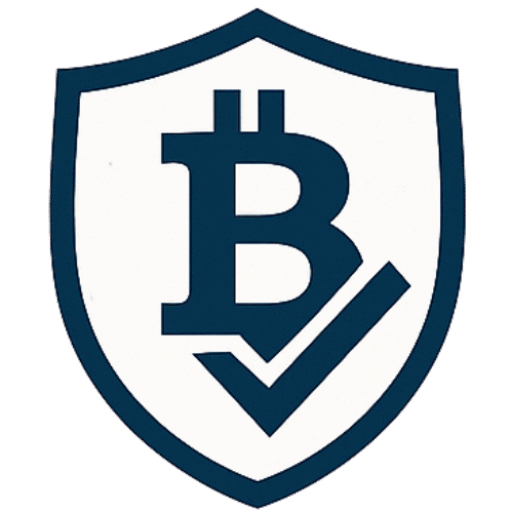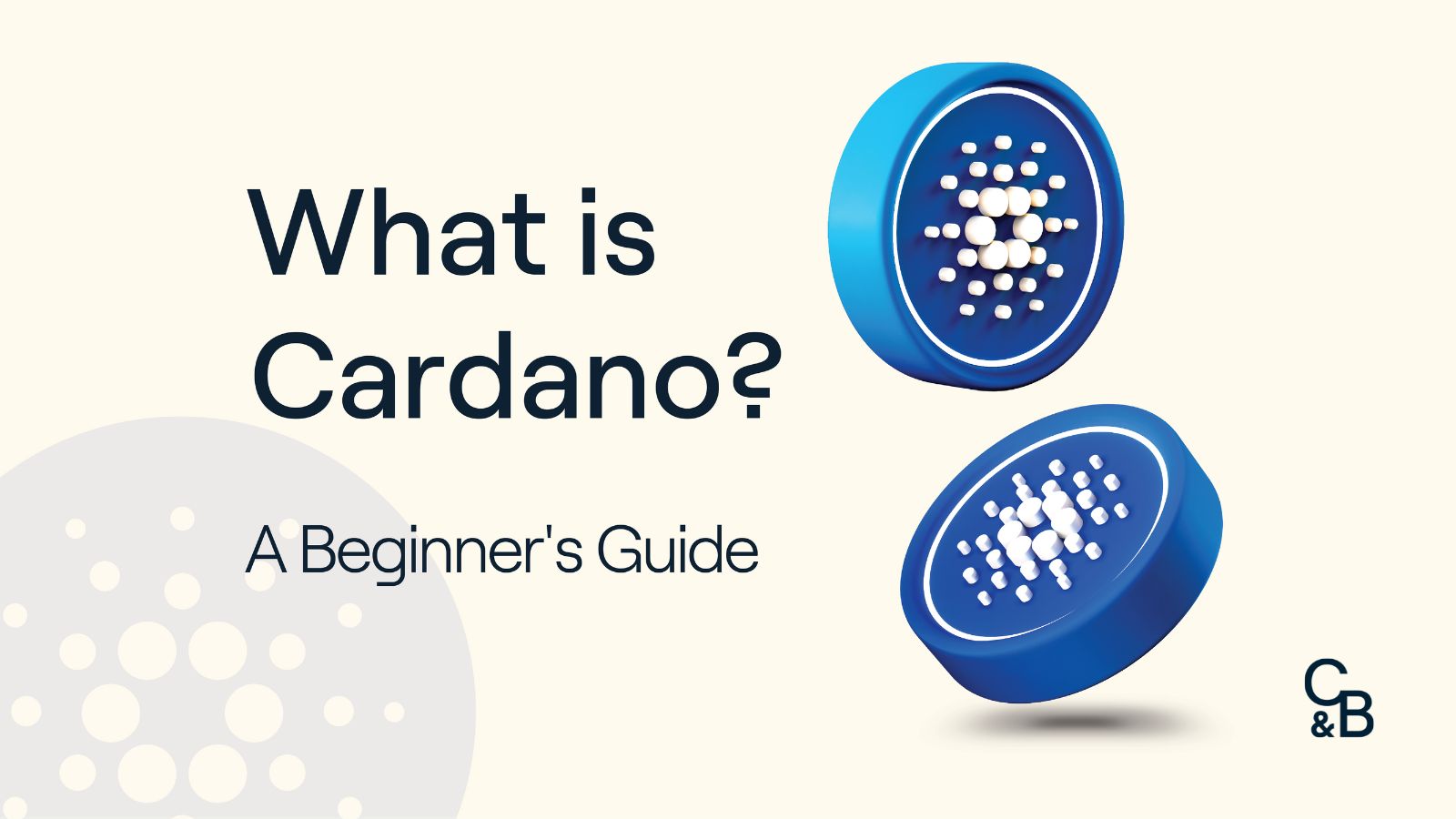Introduction to Cardano: The Scientific Blockchain
In the crowded world of cryptocurrencies, Cardano stands out as a unique project that combines rigorous academic research with cutting-edge blockchain technology. Often called the “Ethereum killer,” Cardano promises a more secure, scalable, and sustainable platform for decentralized applications. But what exactly makes Cardano different, and why has it become one of the top cryptocurrencies by market cap?
This comprehensive guide will explain everything you need to know about Cardano in simple terms, including:
- What Cardano is and who created it
- How Cardano’s proof-of-stake system works
- The ADA cryptocurrency and its uses
- Cardano’s layered architecture
- How Cardano compares to Ethereum
- Where to buy and store ADA
- The future roadmap of Cardano
By the end, you’ll understand why Cardano has attracted so much attention in the crypto world.
What is Cardano?
Cardano is a third-generation blockchain platform founded in 2015 by Charles Hoskinson, one of Ethereum’s co-founders. Unlike many crypto projects, Cardano was built through peer-reviewed academic research and evidence-based methods.
Key Facts About Cardano
✔ Native Token: ADA (named after Ada Lovelace)
✔ Market Cap: $15+ billion (Top 10 cryptocurrency)
✔ Blockchain Type: Proof-of-Stake (PoS)
✔ Transaction Speed: 250+ TPS (post-Vasil upgrade)
✔ Founding Organization: IOHK (Input Output Hong Kong)
How Does Cardano Work?
Cardano’s architecture is built in layers, making it more flexible and secure than many blockchains:
1. Settlement Layer (CSL)
- Handles ADA transactions
- Similar to Bitcoin’s blockchain but more advanced
2. Computation Layer (CCL)
- Runs smart contracts and dApps
- Separated from settlement for better security
This two-layer approach allows upgrades without disrupting the entire network.
Cardano’s Proof-of-Stake: Ouroboros
Cardano uses a unique Ouroboros proof-of-stake protocol that’s:
✔ Energy efficient (uses minimal electricity)
✔ Secure (mathematically proven)
✔ Scalable (handles growing demand)
Unlike Bitcoin’s energy-intensive mining, Cardano validators (“stake pools”) are chosen based on the amount of ADA they stake.
The ADA Cryptocurrency
ADA serves several key functions:
- Transaction Fees: Pay for network usage
- Staking: Earn rewards by participating in security
- Governance: Vote on future upgrades
- Currency: Digital cash for payments
With a max supply of 45 billion ADA, the cryptocurrency is designed to be deflationary over time.
Cardano vs Ethereum: Key Differences
| Feature | Cardano | Ethereum |
|---|---|---|
| Consensus | PoS (Ouroboros) | PoS (after Merge) |
| Approach | Research-first | Move-fast |
| Smart Contracts | Haskell/Plutus | Solidity |
| Transactions | 250+ TPS | 15-30 TPS |
| Energy Use | Very low | Low |
| Upgrades | Methodical | Rapid |
Where to Buy and Store ADA
Buying ADA
- Major Exchanges:
- Binance
- Coinbase
- Kraken
- eToro
- Direct Purchase:
- Some wallets offer built-in exchanges
Storing ADA Securely
- Daedalus Wallet (Official full-node wallet)
- Yoroi Wallet (Light wallet for mobile)
- Ledger/Trezor (Hardware wallet options)
- Exchange Wallets (Only for trading)
Cardano’s Roadmap: Past and Future Upgrades
Cardano develops through carefully planned eras:
- Byron (Foundation)
- Shelley (Decentralization)
- Goguen (Smart Contracts)
- Basho (Scaling)
- Voltaire (Governance)
Recent major upgrades like Alonzo (smart contracts) and Vasil (scaling) have significantly improved capabilities.
Advantages of Cardano
✔ Scientific approach reduces errors
✔ Energy efficient and environmentally friendly
✔ Highly scalable architecture
✔ Strong security through formal methods
✔ Growing ecosystem of dApps
Challenges Facing Cardano
✖ Slower development than competitors
✖ Currently fewer dApps than Ethereum
✖ Need to prove real-world adoption
The Future of Cardano
Cardano aims to become:
- The go-to platform for enterprise blockchain
- A leader in decentralized finance (DeFi)
- The foundation for Web3 applications
- A solution for developing world finance
Upcoming developments include:
- Further scaling solutions
- More DeFi and NFT projects
- Advanced governance features
Conclusion: Is Cardano a Good Investment?
Cardano offers one of the most technically sophisticated blockchain platforms with:
✔ Strong academic foundations
✔ Environmentally-friendly design
✔ Significant growth potential
However, investors should consider:
- The competitive blockchain landscape
- Adoption challenges
- General crypto market risks
For those believing in a more researched, methodical approach to blockchain, Cardano represents an intriguing option in the crypto space.
Frequently Asked Questions About Cardano
Q: Is Cardano better than Ethereum?
A: It’s different – more scalable and energy-efficient but with less current adoption.
Q: How do I stake ADA?
A: Through official wallets like Daedalus or Yoroi by delegating to stake pools.
Q: What can you build on Cardano?
A: Smart contracts, dApps, DeFi protocols, NFTs, and more.
Q: Why is Cardano development slow?
A: Because of its research-first approach to ensure quality and security.
Q: Will Cardano price go up?
A: Like all cryptos, it depends on adoption and market conditions.

